What Problems Can We Get With An Ageing Foot/Feet
Ageing Foot Problems 1. Your feet can experience wear and tear as you age, after all, they’ve (literally) carried you through life. So then, that’s why you might have trouble with your tootsies as you get older. But what changes can you expect in ageing feet, exactly, and why?
Older adults are generally more likely to have foot issues including foot pain, as they get older. And there can be several causes, but the most common is overuse and the way your feet change over time.
“As we age, our feet tend to have less elasticity. Here, our arches become weaker and tissue becomes less elastic. However, when there is less elasticity, you’re more likely to suffer arthritis or overuse injury and, therefore, foot pain. Here are the most common foot problems in older adults and how to deal with them
1. Fat Pad Atrophy in Ageing Feet
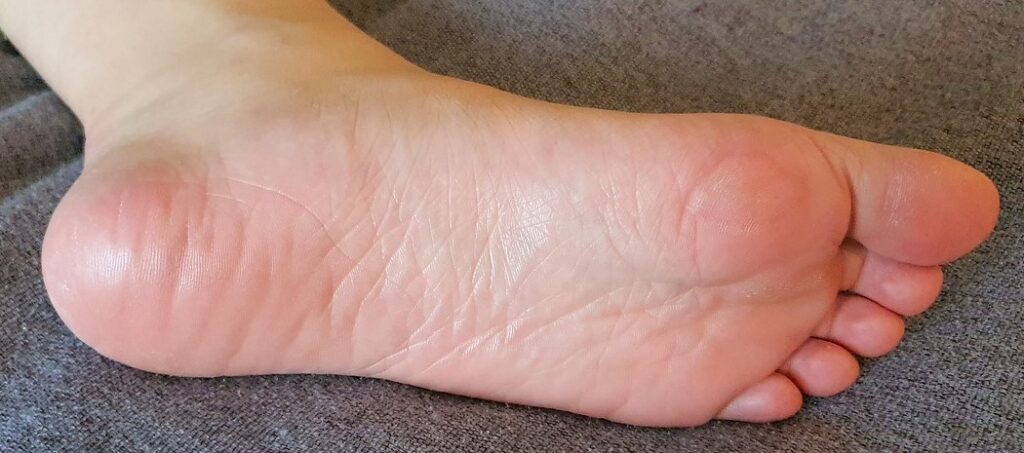
Ageing Foot Problems 1. Getting older often can bring on extra weight and fat. But the one place you can lose padding is in your feet. In this case, that’s bad because you need the cushioned layer to protect your tootsies from daily pounding. Consequently, you may feel pain in the ball of your foot and heel. Therefore, shoes with cushions or custom-made foam shoe inserts called orthotics may help. Besides, your foot doctor may suggest another treatment like filler injections to replace the fat pad.
2. Morton’s Neuroma
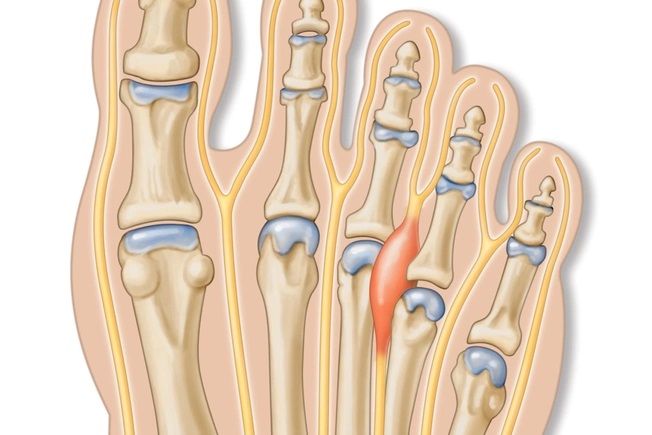
Ageing Foot Problems 1. Morton’s Neuroma is a very common foot condition. In this case, as many as one in three people may have it. Symptoms include pain in the front part of your foot or a feeling like you’re walking on a rock or a marble. Generally, it happens way more often in older women and in those who wear high heels. Also shoes with a tight toe box. Hence, switching footwear, shoe pads, and massage may help. In particular, if your pain gets severe, your doctor may suggest steroid shots or surgery.
3. Cracked Heels
Ageing Foot Problems 1. Mature skin makes less oil and elastin, which leaves it drier and less supple. As a result, without regular care, your heels may harden, crack, or hurt. Besides being overweight worsens the problem. For instance, special creams called keratolytics help slough off the tough top layer. Afterwards, follow up with a pumice stone to remove dead skin. As a rule, apply moisturizing lotion every day. Incidentally, if your heels get swollen and red, talk to your doctor. As an example, you may need a prescription ointment.
4. Plantar Fasciitis
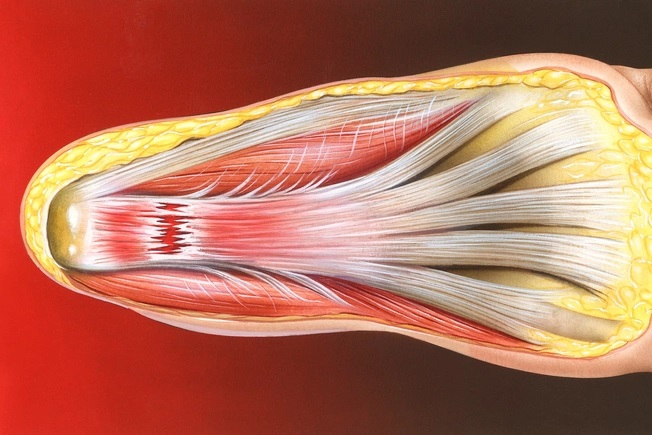
Ageing Foot Problems 1. Got a pain in the bottom of your heels? This condition is the No. 1 reason for it. The plantar fascia is a long ligament that runs along the sole of your foot and supports your arch. Subsequently, repeated stress, like jogging, or even everyday strain can irritate it, causing pain and stiffness. By the way, if you have high arches or are overweight, you may be more prone to this problem. Furthermore, rest, ice, over-the-counter pain meds, and calf muscle stretches can help.
5. Ingrown Toenails
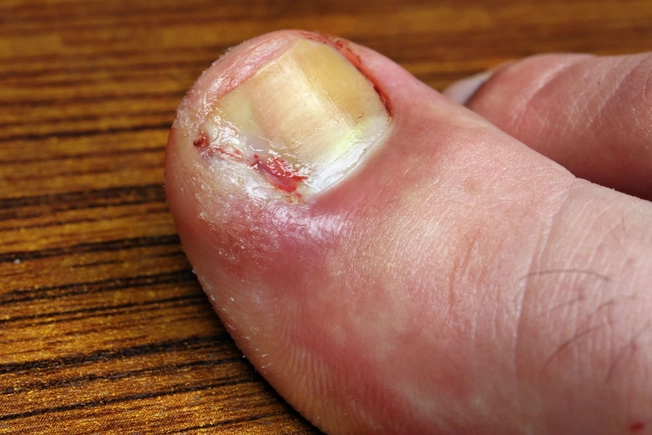
Ageing Foot Problems 1. Sometimes, the side of a nail (usually on the big toe) grows into the skin. Generally, it can happen at any age, but it’s more common in older folks. So then, your toe may swell, hurt, and get infected. Sweaty feet, being overweight, and diabetes all add up and raise your chances for an ingrown toenail. Above all, to prevent it, avoid cutting your toenails too short or wearing tight shoes. Thus, in severe cases, your doctor may have to remove the nail root.
6. Osteoarthritis

Ageing Foot Problems 1. By the time you reach your 50th birthday, your feet may have trekked 75,000 miles or more. All that wear and tear or a previous injury can lead to osteoarthritis. It happens when cartilage, a flexible tissue that prevents friction, breaks down. That lets bone rub against bone. Most people who get it are over 65.
7. Flat Foot
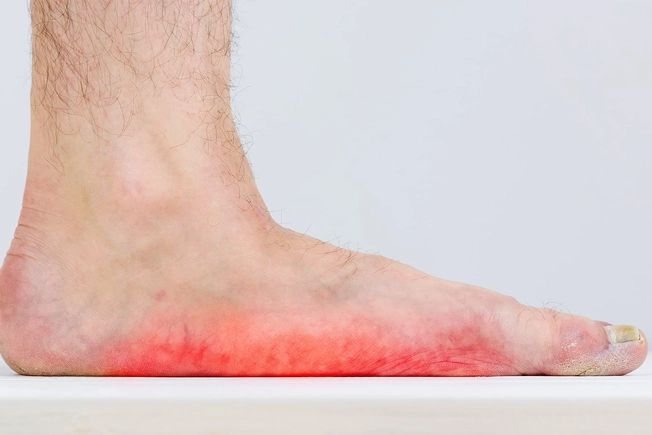
Ageing Foot Problems 1. Many babies are born with flat feet, but more than 80% outgrow it. Some adults get flat feet because of an injury or things like obesity, diabetes, and high blood pressure. Tendons that support your arch get damaged and flatten your feet. It can hurt. A giveaway is that your feet jut out, so most of your toes are visible from behind your leg. Normally, you’d see only the fourth and fifth toes. Orthotics, physical therapy, braces, and surgery can help.
8. Achilles Tendinitis
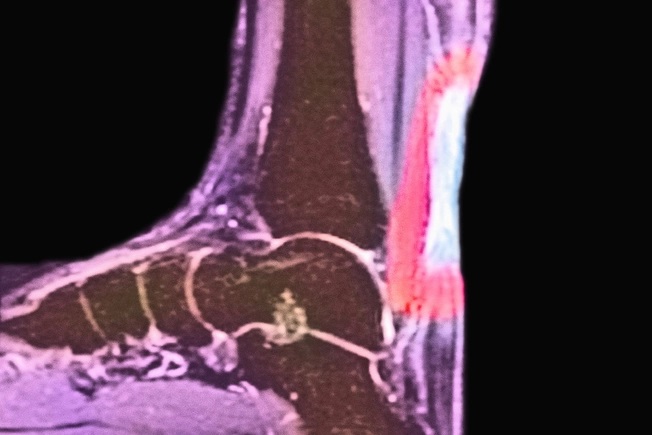
Ageing Foot Problems 1. The Achilles is the tendon you use to flex your foot when you climb stairs or go up on your toes. Age and lowered blood supply can weaken the tendon. Your heel or the back of your ankle may hurt. Rest, icing, and medication can help fight the swelling. Don’t ignore the problem. You could need surgery for serious tears.
DONATE
Pensioner Fitness Awards
THE BUSINESS CONCEPT, BEST IN BUSINESS AWARDS 2023
1. MOST INSPIRING SENIOR WELLNESS WEBSITE 2023
THE GLOBAL HEALTH AND PHARMA, FITNESS AND NUTRITION AWARDS 2023
2. BEST SENIOR FITNESS AND NUTRITION SPECIALIST 2023
MIDDLE EAST AND AFRICA BUSINESS AWARDS 2023
3. MOST INCLUSIVE FITNESS PROVIDER 2023
In Conclusion
Your feet are an essential part of mobility, so you must treat them well and look after their health. Yes, cutting and shaping your toenails is important to keep your feet looking nice. However, did you know that the condition of a person’s feet can provide insight into their health? Seniors should keep an eye on their toenails as discolouration, chipping or changes in shape (think dents and groves in the nail bed) may mean larger problems.
Seniors who have diabetes are at particular risk of foot problems. The American Diabetes Association noted that diabetes can damage nerve endings in the feet, reducing an individual’s ability to discern if their feet are hot or cold. It can also lead to loss of feeling which may cause injuries. Poor blood flow is also common in seniors and can cause foot problems, so checking your feet weekly is an important part of managing your overall health.
Important Note *
Remember that everyone is different, it is ultimately YOUR RESPONSIBILITY to find what your body responds to. So please do your due diligence before trying anything new, including getting Medical Advice to ensure your safety and peace of mind.
Connect with me and leave a comment or two on my social media…
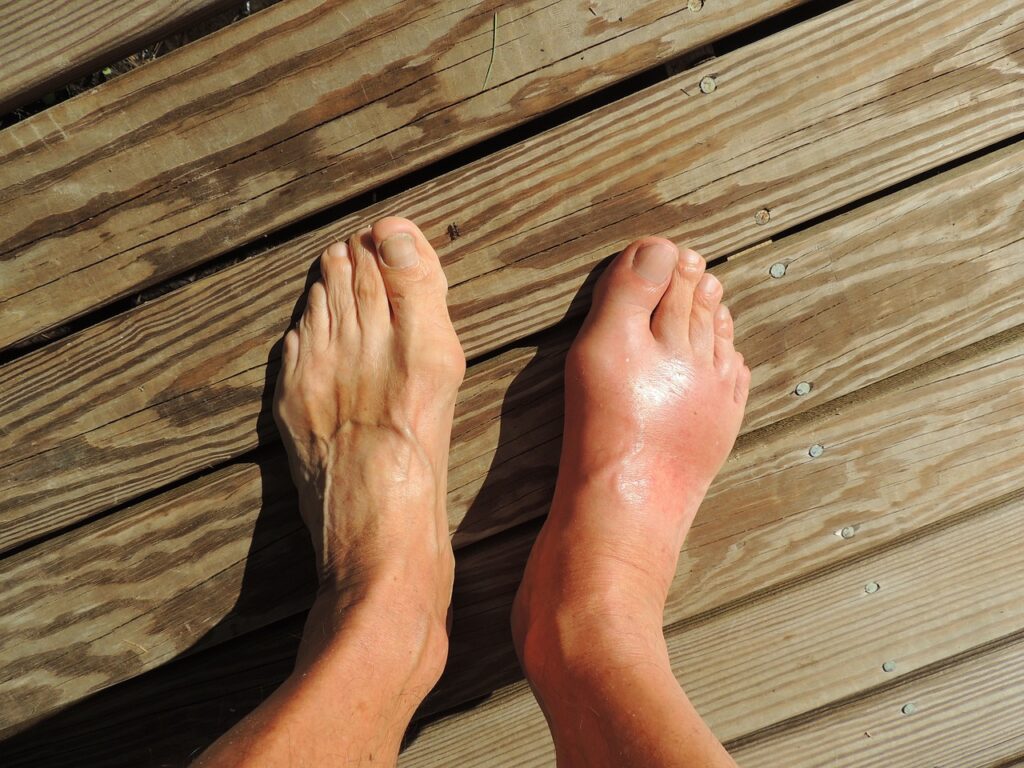
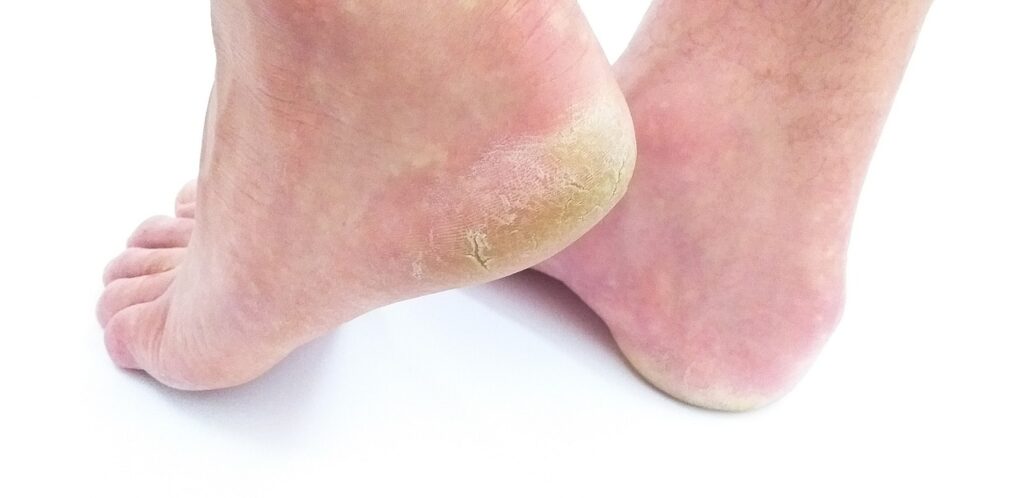
One reply on “Ageing Foot Problems 1”
[…] Read the column presented by Ian McClymont at Pensioner Fitness […]